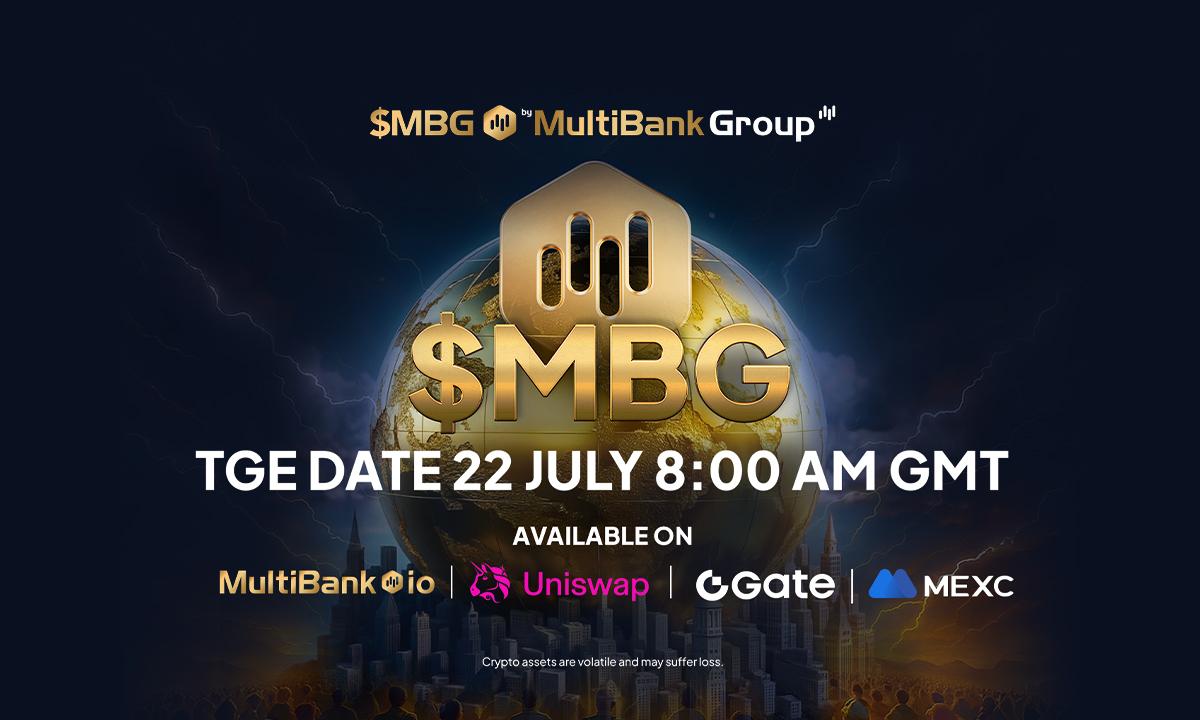A put option is a financial instrument that grants the holder the right to sell an underlying asset at a predetermined price (strike price) within a specified timeframe. It is a type of derivative contract commonly used in financial markets for hedging and speculative purposes.
Put options play a crucial role in managing risks associated with price movements in various asset classes such as stocks, currencies, bonds, commodities, futures, and indices. By purchasing put options, investors can protect their long positions against potential downward price movements.
What is the working mechanism of a Put Option?
When an investor buys a put option, they are paying a premium for the right to sell the underlying asset at the strike price, regardless of its current market value. The strike price is predetermined and represents the price at which the asset will be sold.
The value of a put option increases when the price of the underlying asset decreases. This is because the option holder can sell the asset at the higher strike price, realizing a profit equal to the difference between the market price and the strike price.
For example, suppose an investor buys a put option on 100 shares of a stock with a strike price of $50. If the stock price falls to $40, the investor can exercise the option and sell the shares at the higher strike price. This allows the investor to limit their potential losses and protect their investment.
What are the types of Put Options?
There are two main types of put options: American style and European style. American style put options can be exercised at any time before expiration, while European style put options can only be exercised at expiration.
Additionally, put options can be further classified into three categories based on their expiration dates:
- Short-term options: These put options have a relatively short expiration period, usually within a few weeks or months.
- Long-term options: These put options have a longer expiration period, typically one to three years.
- LEAPS (Long-Term Equity Anticipation Securities): These put options have an expiration period of up to several years.
What are the advantages of Put Options?
Put options offer several advantages to investors:
- Downside protection: Put options allow investors to protect their investments against potential losses resulting from downward price movements.
- Profit potential: When the price of the underlying asset decreases significantly, put options can generate substantial profits for investors.
- Hedging: Put options provide a means for investors to offset potential losses in their long positions by creating a short position in the underlying asset.
- Speculation: Traders can use put options to speculate on downward price movements and profit from market trends.
What factors affect the value of put options?
The value of put options is influenced by various factors:
- Price of the underlying asset: As mentioned earlier, put options become more valuable as the price of the underlying asset decreases.
- Time to expiration: The longer the time remaining until the option’s expiration, the higher its value. This is because there is a greater chance of the underlying asset reaching a price below the strike price.
- Volatility: Higher volatility in the market generally leads to increased option prices due to greater uncertainty in the future direction of the underlying asset’s price.
- Interest rates: Changes in interest rates can affect the value of put options. Generally, higher interest rates increase the cost of holding the option, reducing its value.
- Dividends: In the case of stocks, higher dividend payouts may reduce the value of put options as they increase the likelihood of the stock price rising.
What is the conclusion?
Put options are essential tools for managing risks and speculating on downward price movements in financial markets. By providing downside protection and profit potential, put options enable investors to navigate market volatility and safeguard their investments.
It is important to thoroughly understand the underlying asset and market conditions before trading put options. Consulting with a financial advisor or an experienced options trader can help novice investors make informed decisions and mitigate risks.















